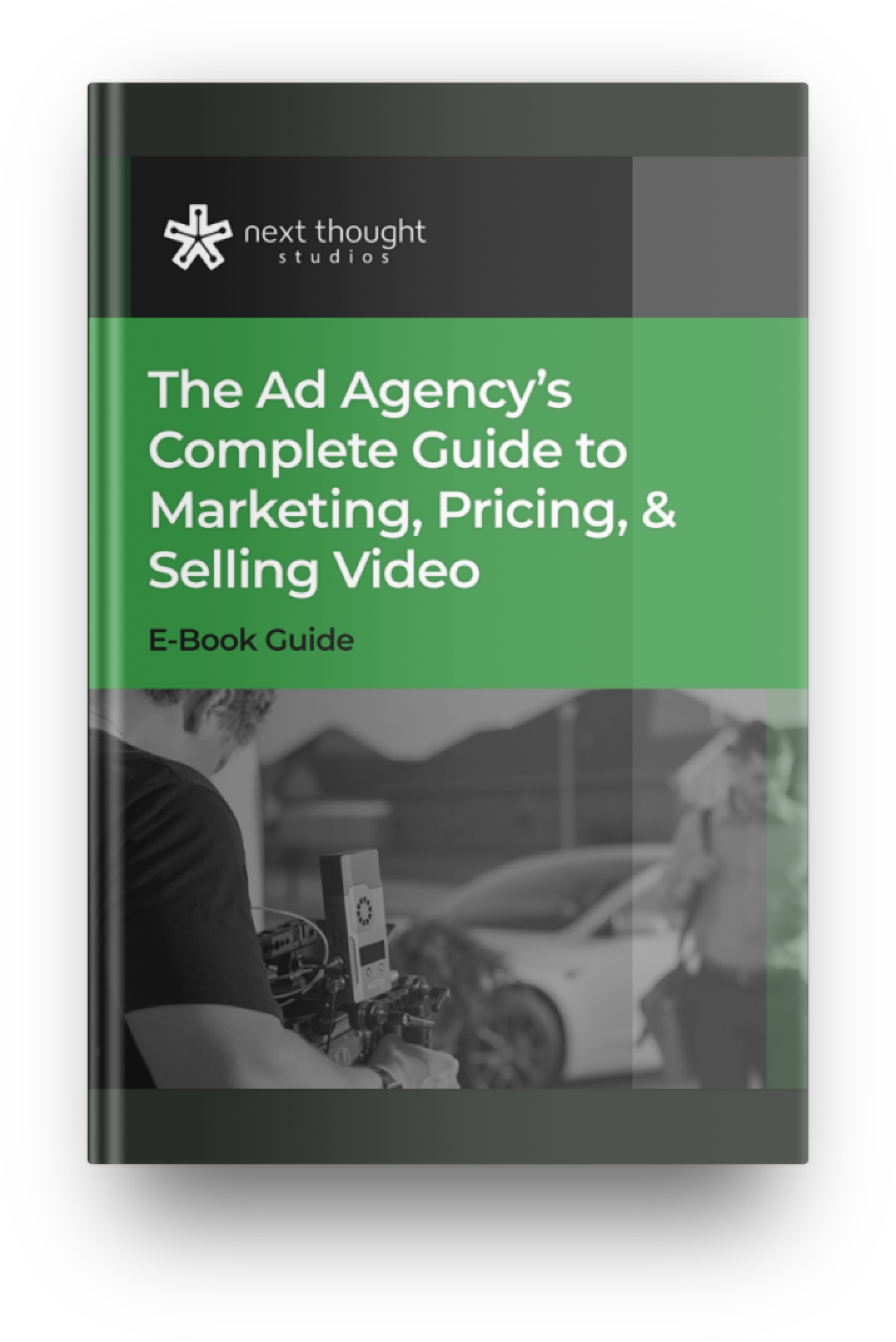
Video is taking over the internet. Are you keeping up?
You’ve heard that video is popular. You’ve read the stats that say video converts better than anything else. Your clients want to use video. Are you equipped to give them what they want?
If your agency is new to video, you might be overwhelmed by the prospect of figuring out how to set a price — let alone sell — video marketing services. The Ad Agency’s Guide to Pricing and Selling Video Marketing is here to help.
Download our free e-book to get the information you need to price and sell your video services today.
What will you find in The Ad Agency’s Guide
to Pricing and Selling Video Marketing?
Putting a Price on Video
What goes into setting the price for video marketing? More than you might think. Our guide offers a “big picture” look at pricing videos as well as a more granular breakdown of the hidden costs that sometimes pop up when you create a video for your client.
Did you know?
If you're not using video in 2022, you're missing out on a substantial opportunity. It leads to higher conversion rates, increased engagement, and improved retention of information.

